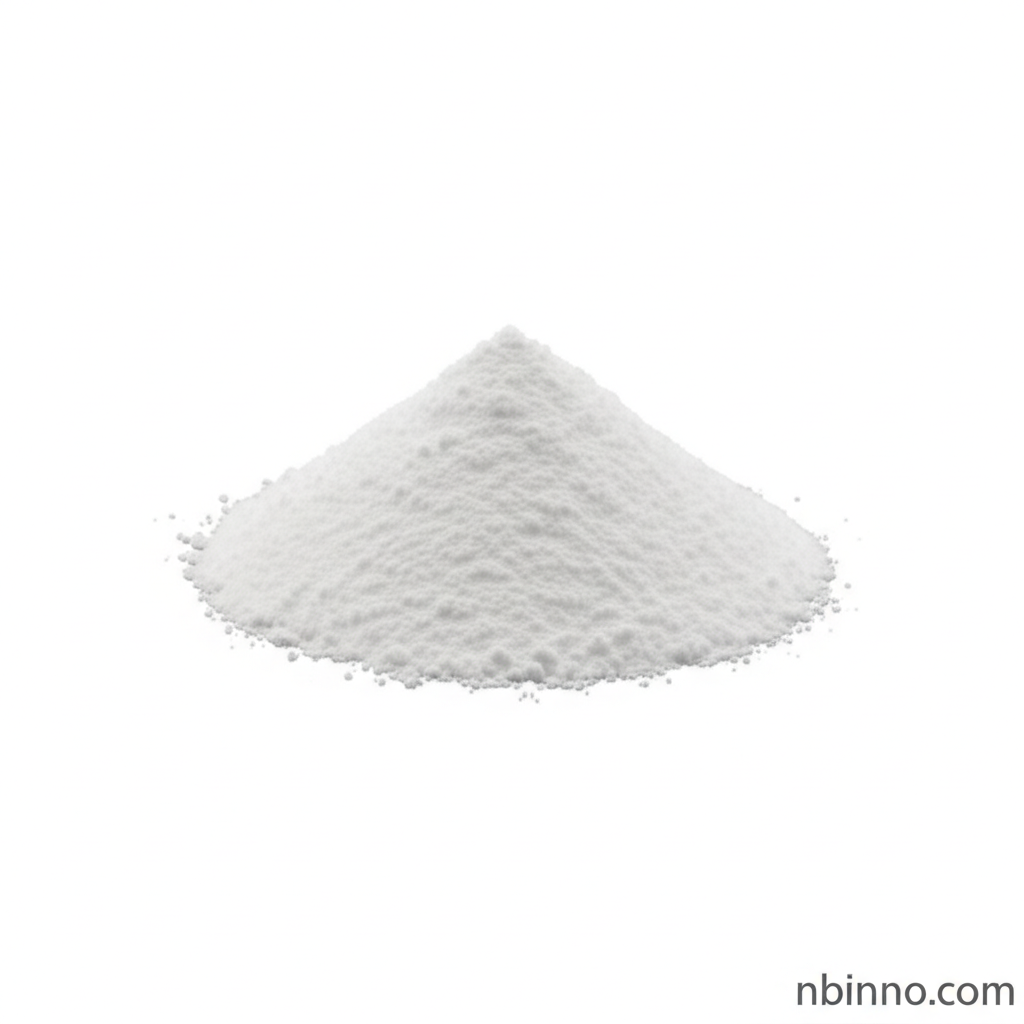3,3′-Diindolylmethane (DIM): A Comprehensive Overview of its Anti-Cancer Properties and Mechanisms
Explore the groundbreaking research on 3,3′-Diindolylmethane (DIM), a potent phytonutrient derived from cruciferous vegetables, and its revolutionary potential in cancer chemoprevention and treatment. Discover its molecular targets and therapeutic applications.
Get a Quote & SampleProduct Core Value

3,3′-Diindolylmethane
As a key compound found in cruciferous vegetables, 3,3′-Diindolylmethane (DIM) is gaining significant attention for its promising role in cancer prevention and treatment. Our commitment as a reliable supplier in China ensures access to this vital molecule for research and development.
- Discover the extensive research into DIM's anti-cancer properties and its ability to regulate critical cellular signaling pathways, offering new avenues for therapeutic intervention.
- Learn about how DIM can support healthy estrogen metabolism, a key factor in the prevention and management of hormone-related cancers, as discussed in extensive studies.
- Understand the mechanisms of action, including DIM's impact on apoptosis and cell cycle arrest, which are crucial for inhibiting tumor growth.
- Explore the pharmacological properties and potential synthesis of DIM and its derivatives, highlighting our role as a manufacturer in China providing high-quality intermediates.
Key Advantages Provided
Advanced Cancer Research Support
Leverage the power of DIM in your cancer research. Studies show DIM's efficacy in regulating cellular signaling pathways, supporting your quest for novel anti-cancer strategies.
Hormonal Balance and Health
DIM is recognized for its ability to promote healthy estrogen metabolism, contributing to overall hormonal balance and potentially reducing risks associated with hormone-sensitive conditions.
Natural Origin and Safety Profile
Derived from natural sources like broccoli, DIM offers a promising alternative or adjunct to traditional therapies, with ongoing research into its safety and efficacy.
Key Applications
Cancer Prevention Research
DIM's chemopreventive properties are extensively studied, making it a vital component for research aimed at preventing various types of cancer.
Therapeutic Development
Its unique mechanisms of action position DIM as a key molecule for developing new pharmaceutical treatments for cancer and other hormone-related disorders.
Nutritional Science
As a phytonutrient, DIM is integral to studies on nutrition, dietary supplements, and the role of cruciferous vegetables in maintaining health and preventing disease.
Biotechnology and Synthesis
Research into DIM's derivatives and synthesis methods provides opportunities for novel applications and improved bioavailability in therapeutic formulations.
